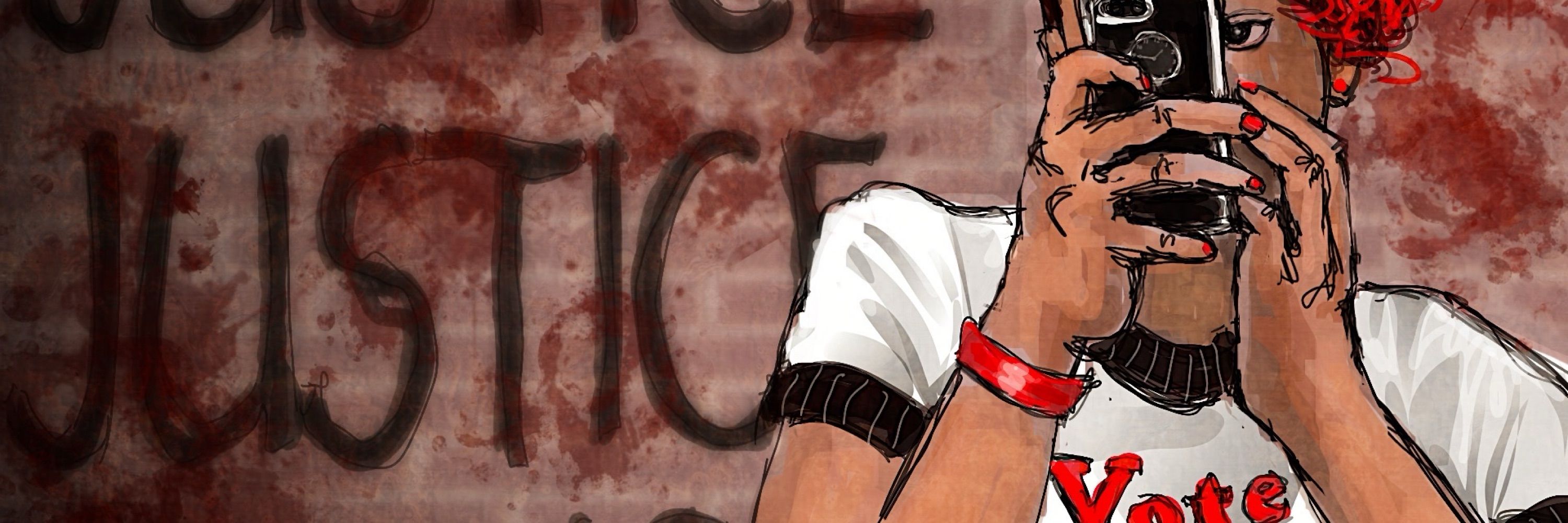

29 3/8 x 44 3/8 in. (75.3 x 112.7 cm.), photo: Christie's London, 1 Jul 2025. #art #arthistory #painting #oilpainting

29 3/8 x 44 3/8 in. (75.3 x 112.7 cm.), photo: Christie's London, 1 Jul 2025. #art #arthistory #painting #oilpainting














www.artnews.com/art-news/new...

www.artnews.com/art-news/new...











